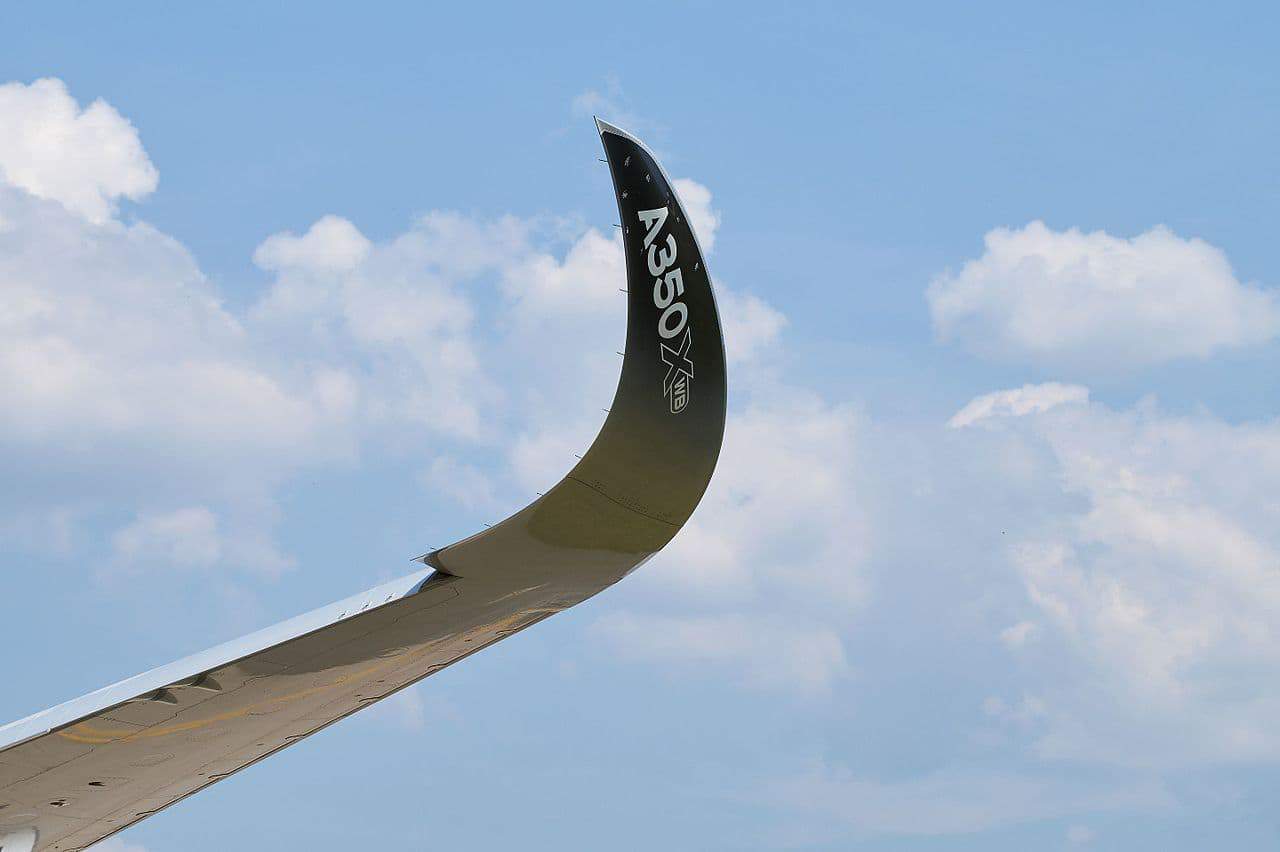When you get behind the wheel of a car, you have seatbelts and other devices to keep you safe while you’re on the road, so why don’t airplanes have the same advantages? Although parachutes can save lives, the fact is that none of the commercial airliners have parachutes onboard for their passengers. You might be wondering why…
Do Airplanes Have Parachutes?
Commercial airplanes do not carry parachutes for passengers because in reality they wouldn’t be able to save lives. Some of the reason for this are:
- Parachuting requires extensive training, thus making it impractical to use as a emergency safety solution
- Most airplane accidents occur on takeoff or landing, with only 10% of incidents happening mid-air.
- Commercial airplanes travel at speeds too great to be able to parachute out.
- Commercial airliners fly too high, if you were to jump out at 35,000 breathing will become an issue.
Read on for more detail on why airplanes don’t carry parachutes for their passengers. There is a relatively new invention gaining popularity which promises hope for the future of aviation safety though, so keep reading.
Why Airplanes Don’t Have Parachutes
First of all, let’s talk about why parachutes aren’t found on large commercial aircraft. To do this, you have to know a little about parachuting. Skydivers usually jump at around 10,000 to 13,000 feet, although some types of parachuting can be done as low as 3,500 feet. Skydivers who jump with an instructor need a minimum of a half-hour of basic instruction on the ground first.

If you wish to go solo, you’ll need four to five hours of intense training, which usually includes learning hand signals and body flight maneuvers. In other words, you don’t just jump out of an airplane unprepared. You have to be well-trained on the ground first.
To add to this complexity, it is dangerous for the body to skydive at altitudes of more than 15,000 feet, and you have to take into consideration that the parachute alone may weigh as much as 40 lbs., meaning it can take some time to get used to it before you make that first jump.
For practical and even psychological reasons, therefore, it just isn’t practical to expect lay people flying on an airplane to be able to use a parachute at a moment’s notice.
They haven’t had the training, and besides, adding the appropriate number of parachutes to the airplane could potentially add another 8,000 lbs. or more to its weight, making it impractical to say the least.
Personal Parachutes Are Not Effective
Most airplane accidents occur on takeoff or landing. Very few – roughly 10% – happen while the plane is in mid-air. That fact alone makes having parachutes on planes impractical.
In addition, since airplanes typically fly at around 600 miles per hour and at roughly 35,000 feet, passengers would be unable to jump out of the plane if something bad did happen.
Even if passengers were able to jump out of the airplane when it’s 35,000 feet in the air, they would need specialized equipment to do so, including oxygen tanks, flight suits, helmets, masks and regulators, and more.
If they jumped anyway, many of them would end up with severe or even fatal injuries, so when it comes right down to it, parachutes on commercial airliners simply wouldn’t save lives.

Can Small Planes Have Parachutes?
Now that you know why large commercial airliners don’t have safety parachutes onboard, the next logical question is why don’t small planes have parachutes?
Nowadays, many small planes are equipped with parachutes, including whole-plane parachutes that have proven very effective. These are also called ballistic chutes.
See a ballistic parachute in action on the video below shot by the US Coast Guard:
As of 2013, parachutes on planes are only found on planes that can accommodate five passengers, but in the future that could definitely change.
The main asset of a whole-plane parachute is its ability to greatly slow down the plane’s descent, increasing the odds that everyone on board will make it to safety.
Some of the planes that have whole-plane parachutes include the RANS S-9 aerobatic airplane, the Lockheed Air Express airplane, and the Cessna 150. Cirrus Aircraft also began including these parachutes in their SR20s and SR22s in the mid-1990s.
A Great Invention: The Whole-Plane Parachute
When Boris Popov crashed his hang glider and miraculously survived, he came up with his idea of a whole-plane parachute. He went on to develop a “ballistic recovery system,” or BRS, whose website now claims has saved nearly 400 lives.

Once again, it is only smaller aircraft that have these systems installed, but more and more of them are planning to include these parachutes in their aircraft in the future.
Popov created BRS Aerospace in 1980 and was helped along with funding by NASA. His BRS parachute system is activated by a solid rocket motor and can be activated when the pilot pulls on the cockpit handle release. Since the rocket fires at over 100 miles per hour, it only takes one second for the parachute to inflate.
Another one of this parachute system’s advantages is that it not only saves lives, but it can save a lot of expensive aircraft as well. To date, over 30,000 of these parachute systems have been sold to people all over the world.
Other planes that have been supplied with parachutes include:
- Kermitt 2 Paratrike
- Kermitt Lite Paratrike
- Maverick Flying Car
- Summit SS Single Seat
- Summit II
- XCitor Ultralite Trike
As you can see, having parachutes on planes is not some futuristic idea that hasn’t been realized. Although they aren’t on larger planes yet, they are helping passengers of smaller planes fly safer and more confidently every day.
Related Posts














